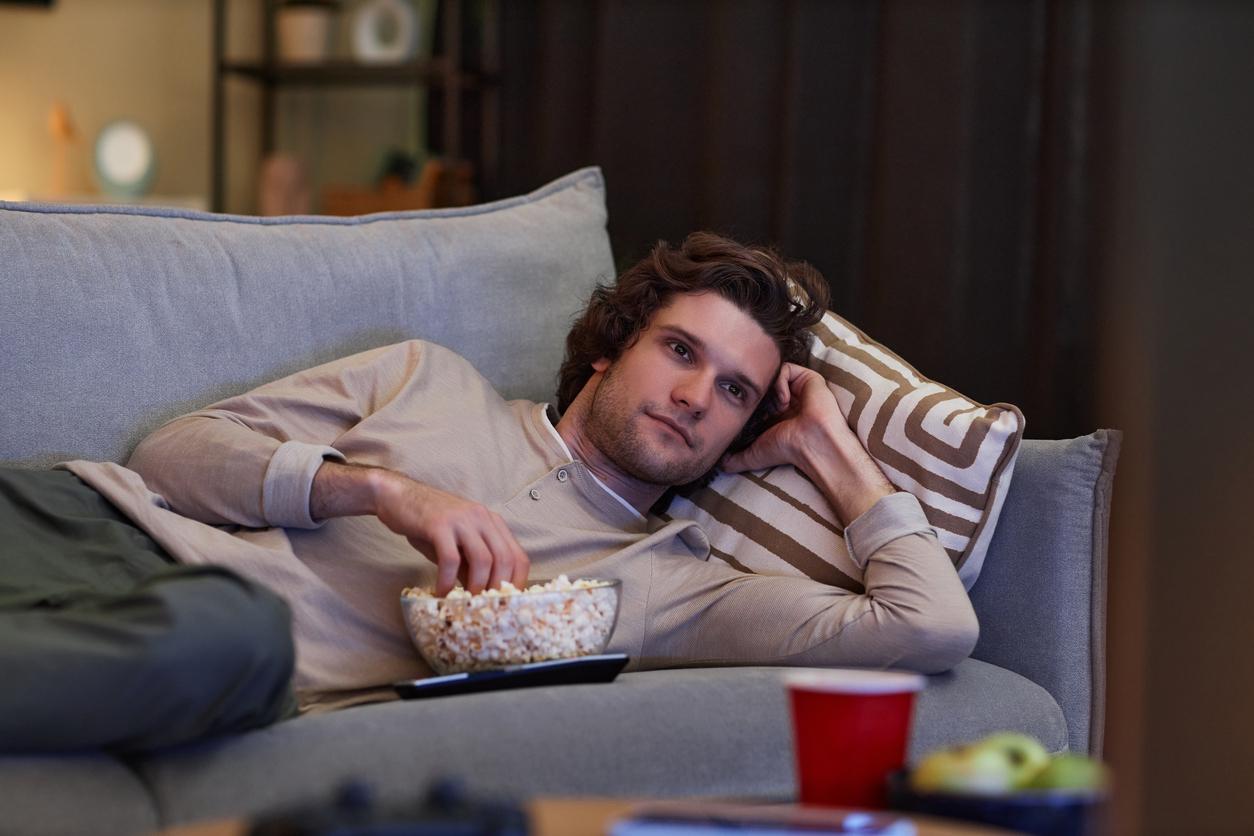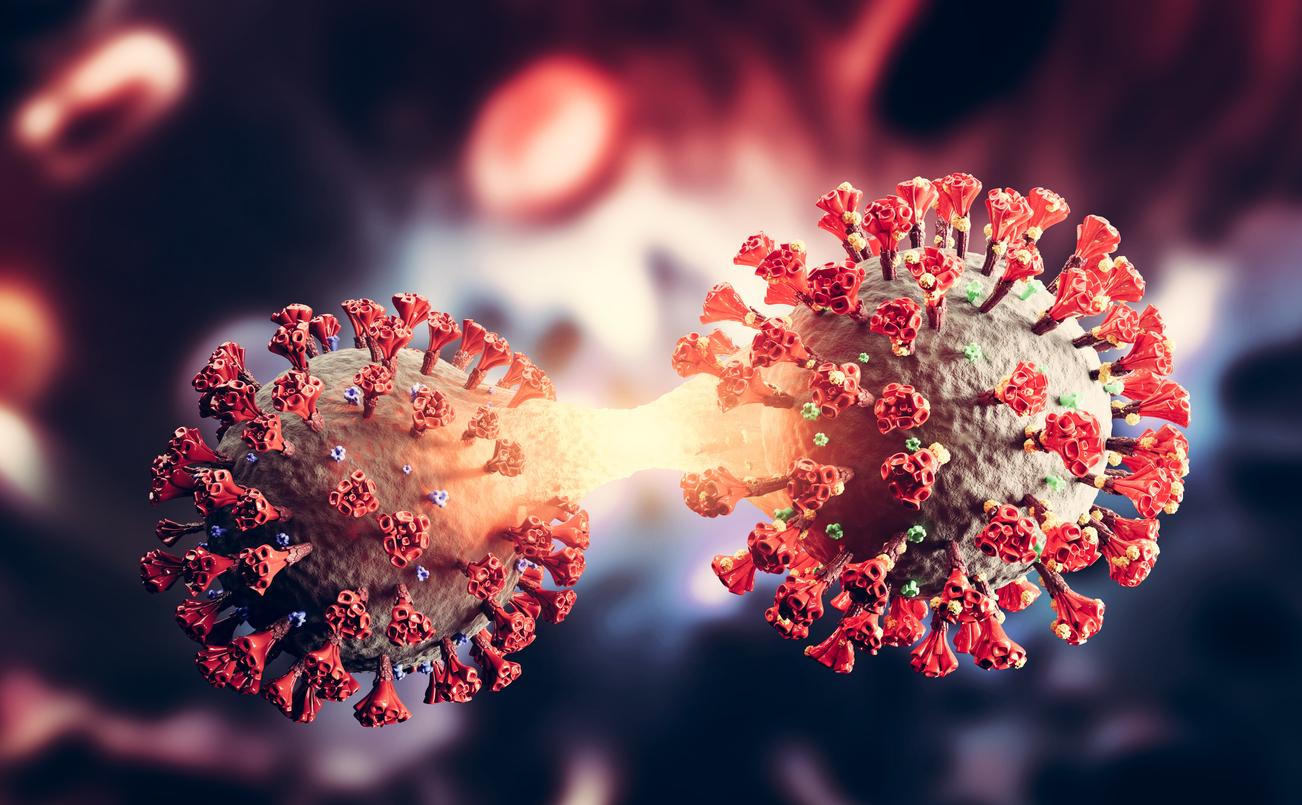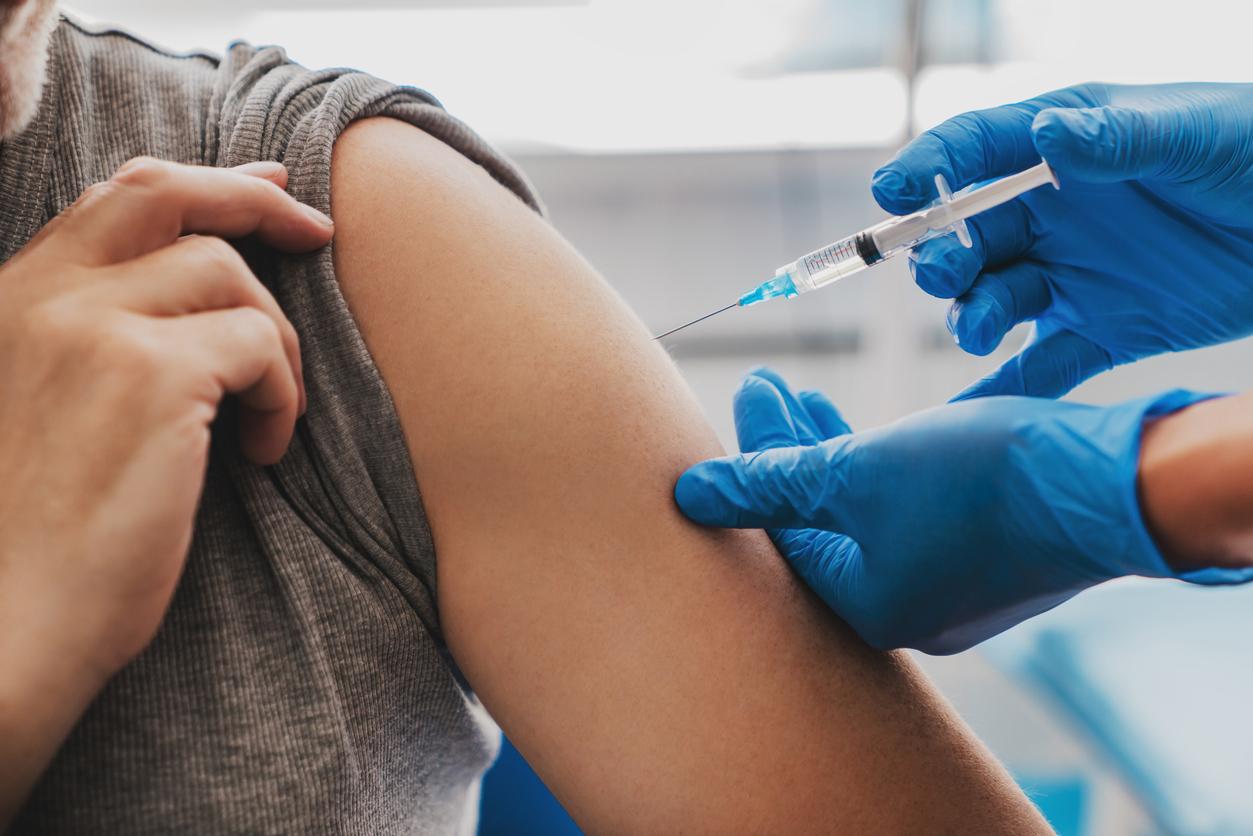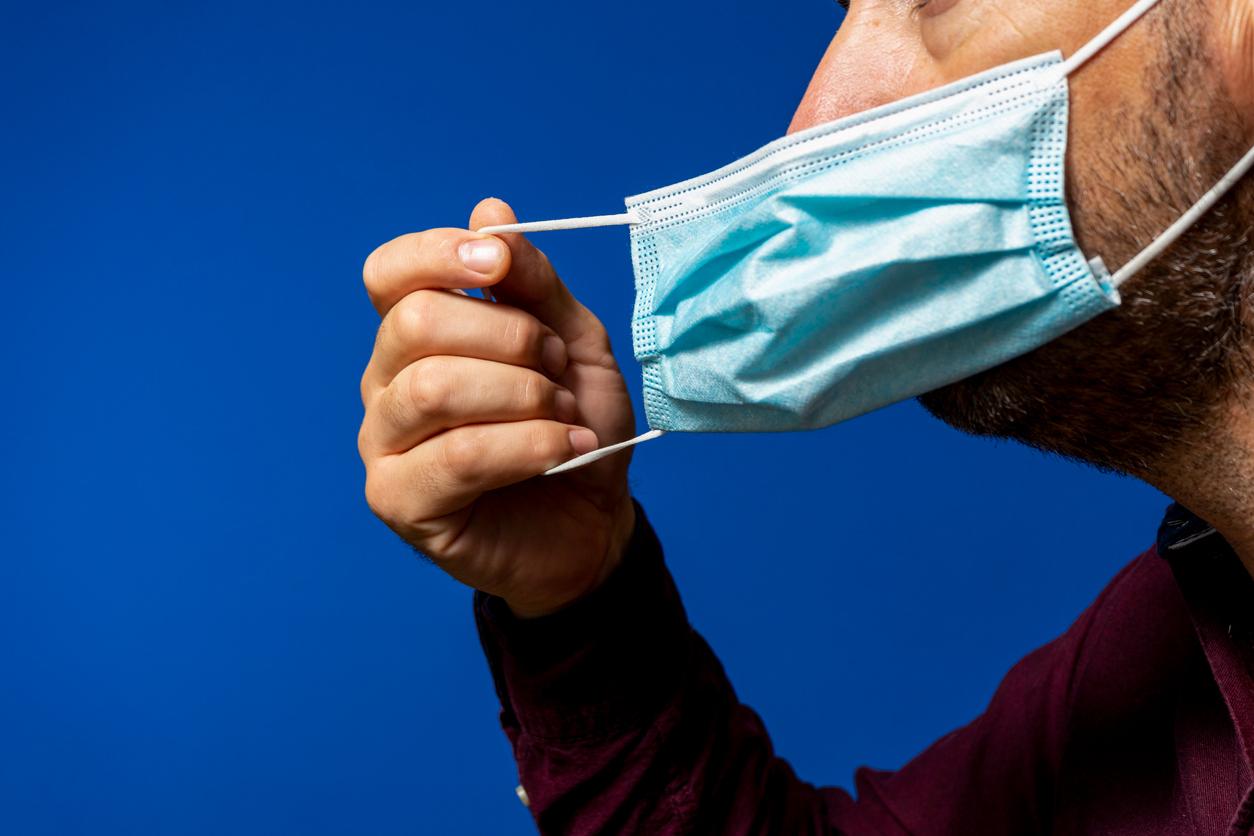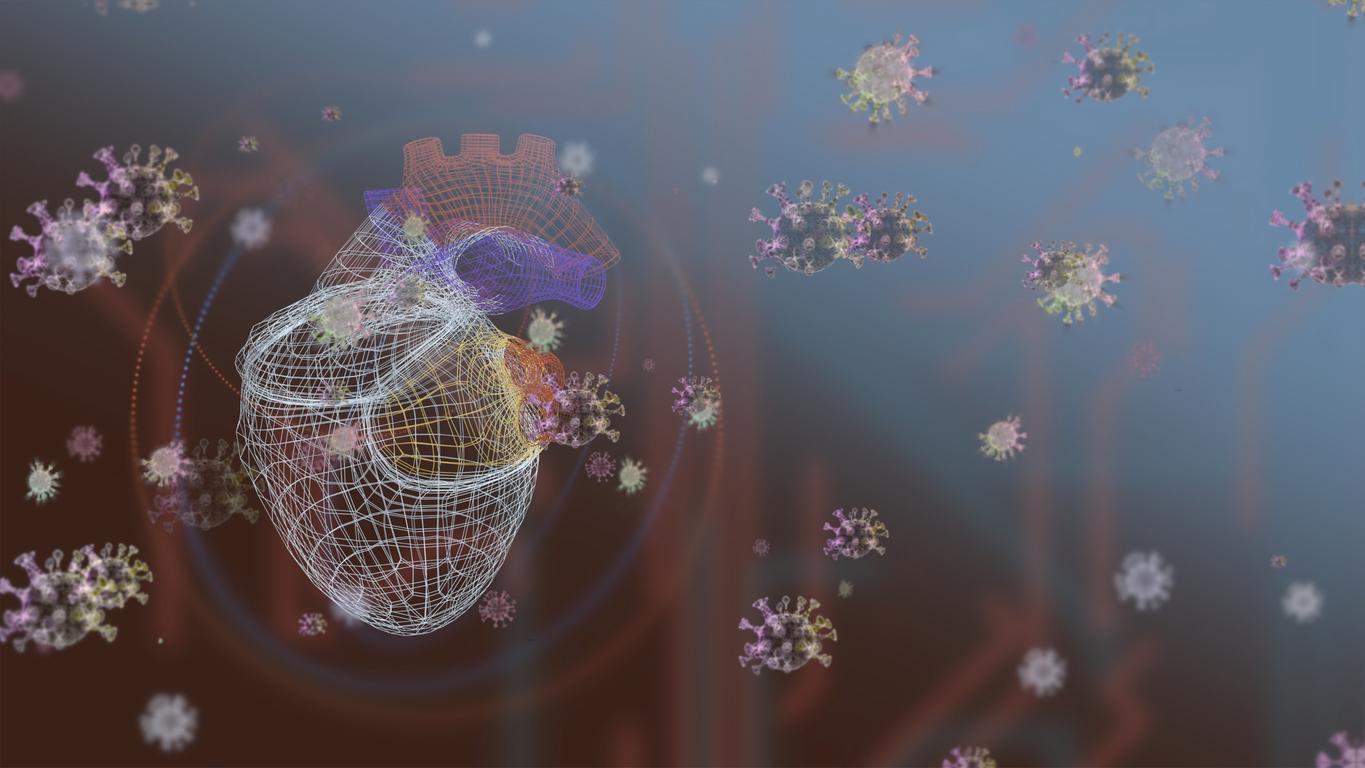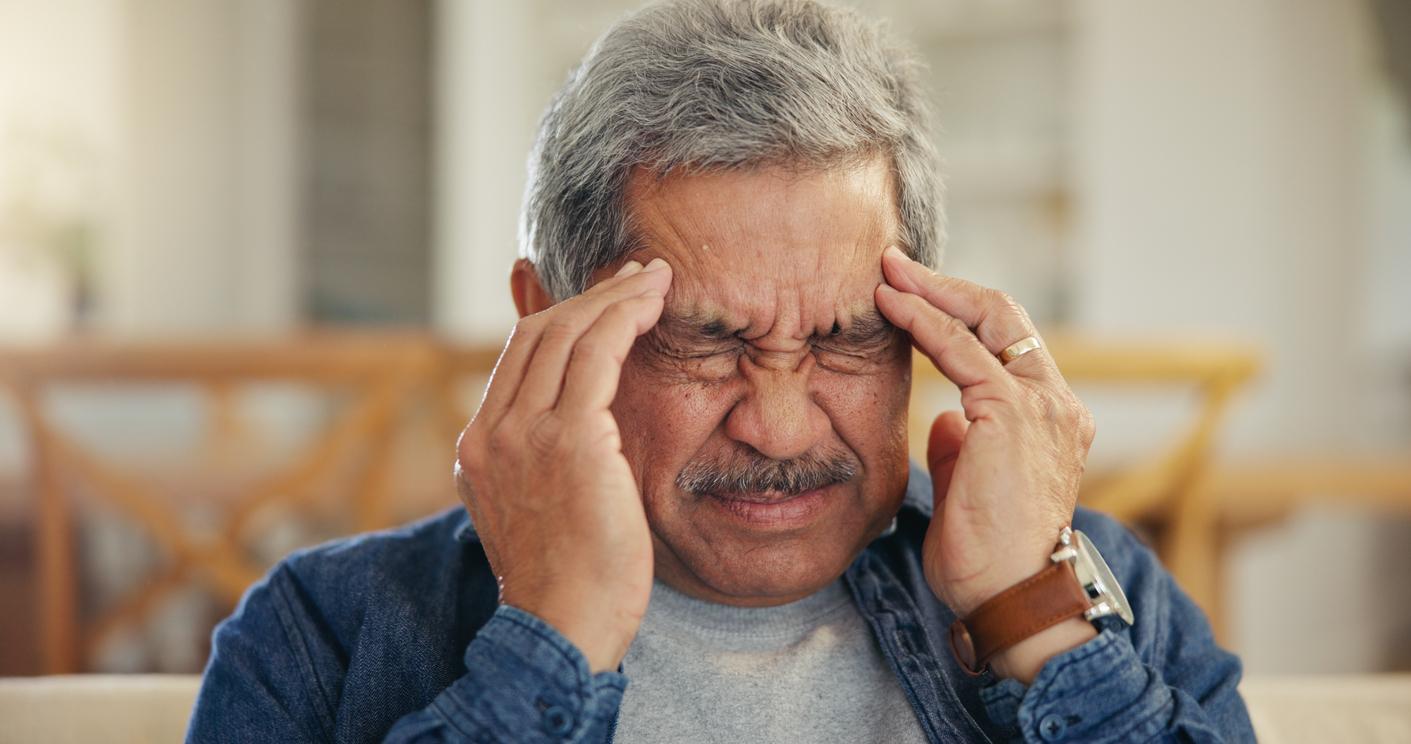The comparison of epidemic results between countries that have used containment and those that have implemented less strict measures argues in favor of the latter.

- The advantages of containment measures would not outweigh their disadvantages
- Confinement would have the opposite effect to that sought and would increase contamination by promoting contact in closed spaces
What if containment was not the solution? Jean Castex announced last Friday that a third confinement is not on the cards and that it is replaced by the maintenance of the national curfew at 6 p.m. and by new restrictive measures such as the closure of non-food shopping centers over 20,000 square meters. A study, published on January 5 in the European Journal of Clinical Investigationconfirms this decision and affirms that strict confinements do not bring “no significant benefits” in the fight against the spread of Covid-19.
Lockdowns have the opposite effect
The researchers compared the increase in the number of cases of Covid-19 contamination in eight countries that have implemented strict confinements (France, England, Iran, the Netherlands, Italy, Spain and the United States) with Sweden and South Korea. These two countries have opted for the implementation of lighter measures and have not banned the movement of the population or the closure of businesses. The researchers admit, however, that comparing these countries is “difficult” due “different rules, cultures and relationships between government and citizens”.
The study concludes that the advantages of containment measures do not outweigh their disadvantages. “The data cannot completely rule out the possibility of some benefits [mais] even if they exist, these advantages cannot outweigh the many disadvantages of these aggressive measuresthe researchers concluded. Similar reductions in case growth can be achieved with less restrictive interventions.” The latter even believe that confinements have the opposite effect by increasing the number of cases by promoting contact in closed spaces.
RADICAL DROP IN “CASES” in Sweden, without CONTAINMENT, without closed bars and restaurants! pic.twitter.com/MIdVrx1mAZ
— Michel Morin (@morininfo) January 26, 2021
Focus on Sweden
Looking closely at the measures put in place in Sweden, they stem from the empowerment of the population, which is easier to put in place since the density and the number of inhabitants are lower. Thus, almost all colleges, high schools and universities have closed their classes and only operate remotely even if this rule is not mandatory. A survey by the National Agency for Education showed that two-thirds of colleges have opted for distance education and most high schools are closed. The same is applicable for teleworking. Wearing a mask is not compulsory but strongly recommended in transport during rush hour. In addition, it is only since mid-January that Parliament has voted for a law allowing the government to close certain public places, such as sports halls or shops.
This Swedish way of doing things has led the country to have consistent results since the start of the crisis, while France is more of a roller coaster. Data from the application of urban travel and route calculations Citymapper revealed that in Paris the traffic of the streets pass from a quasi-desert during the confinements confinements (5% during the first and 25% during the second) at very high levels the rest of the time, until reaching 90% of its capacity at the start of the school year and now half of normal. In Stockholm, without confinement or curfew, attendance has systematically remained between 30% and 40%, except during the start of the school year. Restaurant patronage is another example: a Google mobility report published on January 24 suggests that the number of restaurants, cafes and bars has fallen by 31% compared to a normal period, while it has only fallen by 41% in France where these establishments are closed but where the take-out sale is allowed. This is explained by a strict respect for the rules of social distancing and the ban on the sale of alcoholic beverages after 8 p.m.

.










